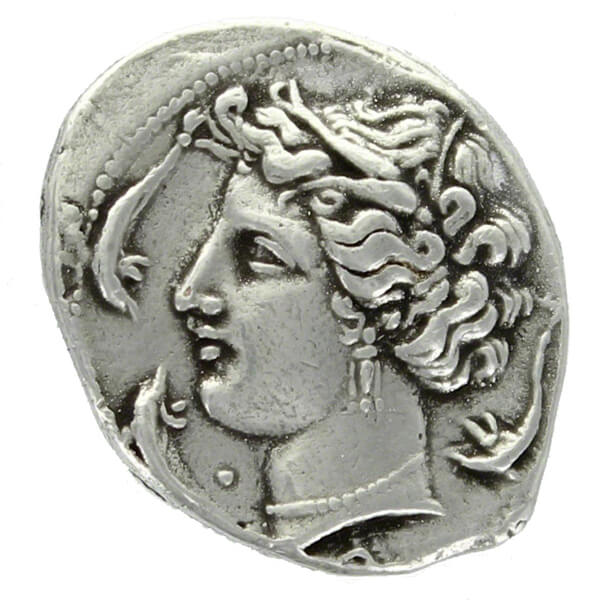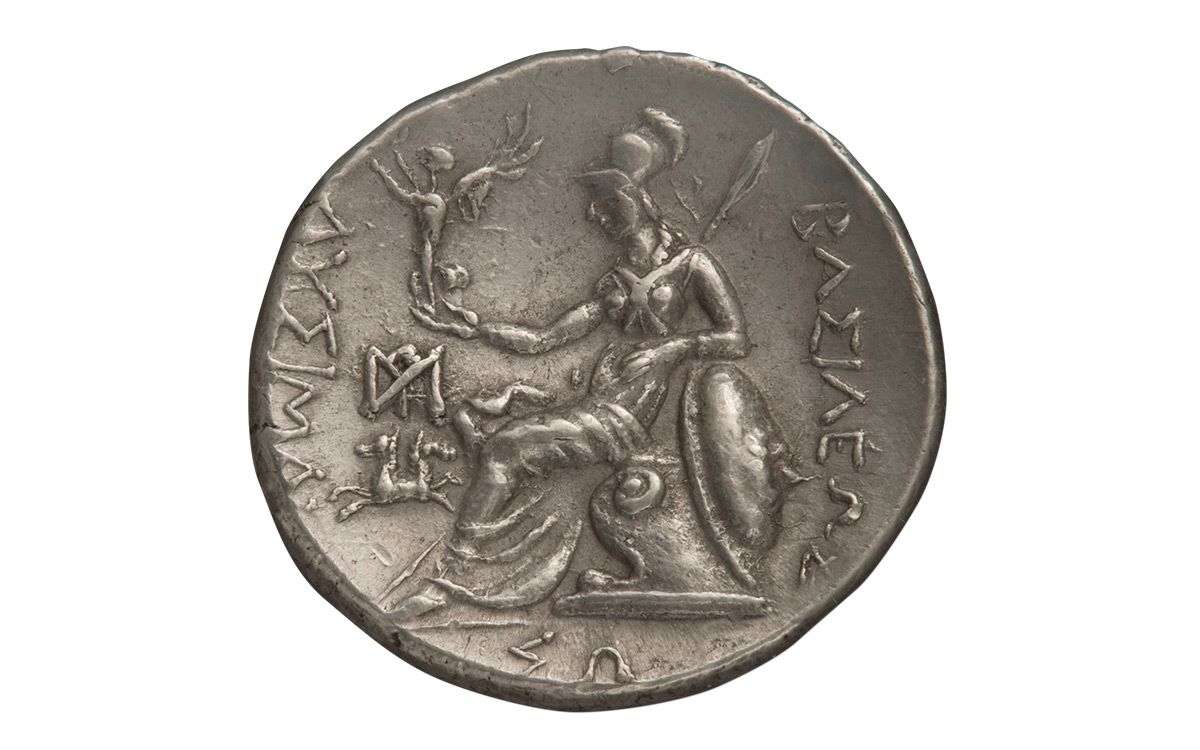Tetradrachm
- Download
This image is available for download, without charge, under the Getty's Open Content Program.
Tetradrachm
Unknown4.4 cm (1 3/4 in.)80.NH.151.6
- An ancient Greek currency unit issued by many Greek city states during a period of ten centuries, from the Archaic period throughout the Classical period, the Hellenistic period up to the Roman period under Greek Imperial Coinage.
- The Athenian Owl tetradrachm is arguably the most popular and recognized ancient coin. It represented about a week’s pay for ancient Greek soldiers. It is said that President Teddy Roosevelt.
Athens Silver Tetradrachm, Owl Late Style. $450.00 440-404 B.C. Athenian Owl Silver Tetradrachm. $1,275.00 400-350 B.C. Thrace Maroneia Bronze Horse.

Open Content images tend to be large in file-size. To avoid potential data charges from your carrier, we recommend making sure your device is connected to a Wi-Fi network before downloading.
Not currently on view
Tetradrachm
Unknown
Greek
Athens, Greece (Place Created)
182–181 B.C.
Silver
80.NH.151.6
4.4 cm (1 3/4 in.)
Gift of Morton Scribner, M.D.
Object Description
This four-drachma coin (also known as a tetradrachm) features the helmeted head of the Greek goddess Athena on one side and her symbolic bird, the owl, on the other. Beginning from about 520-510 B.C., Athena and her owl were depicted on Athenian coins because she was the patron goddess of the city. As a result, these coins have been nicknamed 'owls.' The olive wreath surrounding the owl and the small sideways amphora (storage vessel) on which the bird stands identify this coin as belonging to a series that began to be minted in 196‑195 B.C. The olive wreath and the amphora are emblems of the principal agricultural products of Athens, olives and olive oil.
Two Greek words appear on the back. 'Athe,' which stands for Athens, is on the same level as the owl's eyes. Written below that is the name of an Athenian magistrate, 'Ammodio,' whose service in government dates to 182‑181 B.C. A tiny image of a container appears to the owl's left; its precise significance is unknown.
Tetradrachma
Provenance
Provenance
Morton Scribner, M.D. (Arcadia, California), donated to the J. Paul Getty Museum, 1980.
Exhibitions
Exhibitions
Devices of Wonder: From the World in a Box to Images on a Screen (November 13, 2001 to February 3, 2002)
- The J. Paul Getty Museum at the Getty Center (Los Angeles), November 13, 2001 to February 3, 2002

Bibliography
Bibliography
Edwards, Nina. Darkness: a Cultural History. (London: Reaktion Books, 2018), p. 253, ill.
Edwards, Nina. Darkness: A Cultural History (London: Reaktion Books, 2018), p. 253, ill.
Education Resources
Education Resources

Education Resource | Subjects | Grades | Format |
|---|---|---|---|
Students will analyze a modern-day coin and compare it to three coins from antiquity, then create their own coin using historical figures. | Visual Arts; History–Social Science | 6-8; 9-12 | Three/Five-Part Lesson |
Tetradrachm Owl
This information is published from the Museum's collection database. Updates and additions stemming from research and imaging activities are ongoing, with new content added each week. Help us improve our records by sharing your corrections or suggestions.
The text on this page is licensed under a Creative Commons Attribution 4.0 International License, unless otherwise noted. Images and other media are excluded.
Tetradrachm Susa
The content on this page is available according to the International Image Interoperability Framework (IIIF) specifications. You may view this object in Mirador – a IIIF-compatible viewer – by clicking on the IIIF icon below the main image, or by dragging the icon into an open IIIF viewer window.